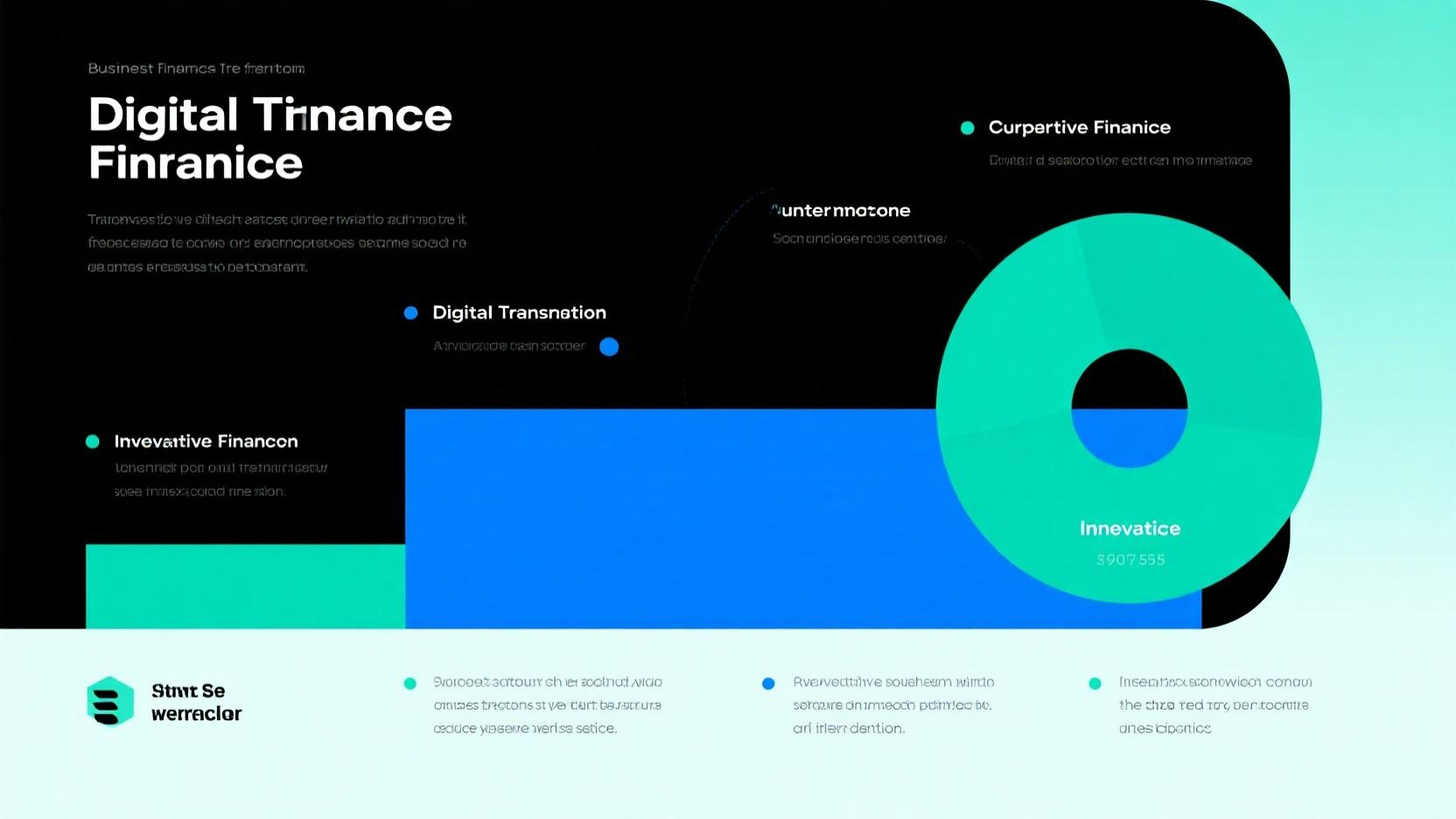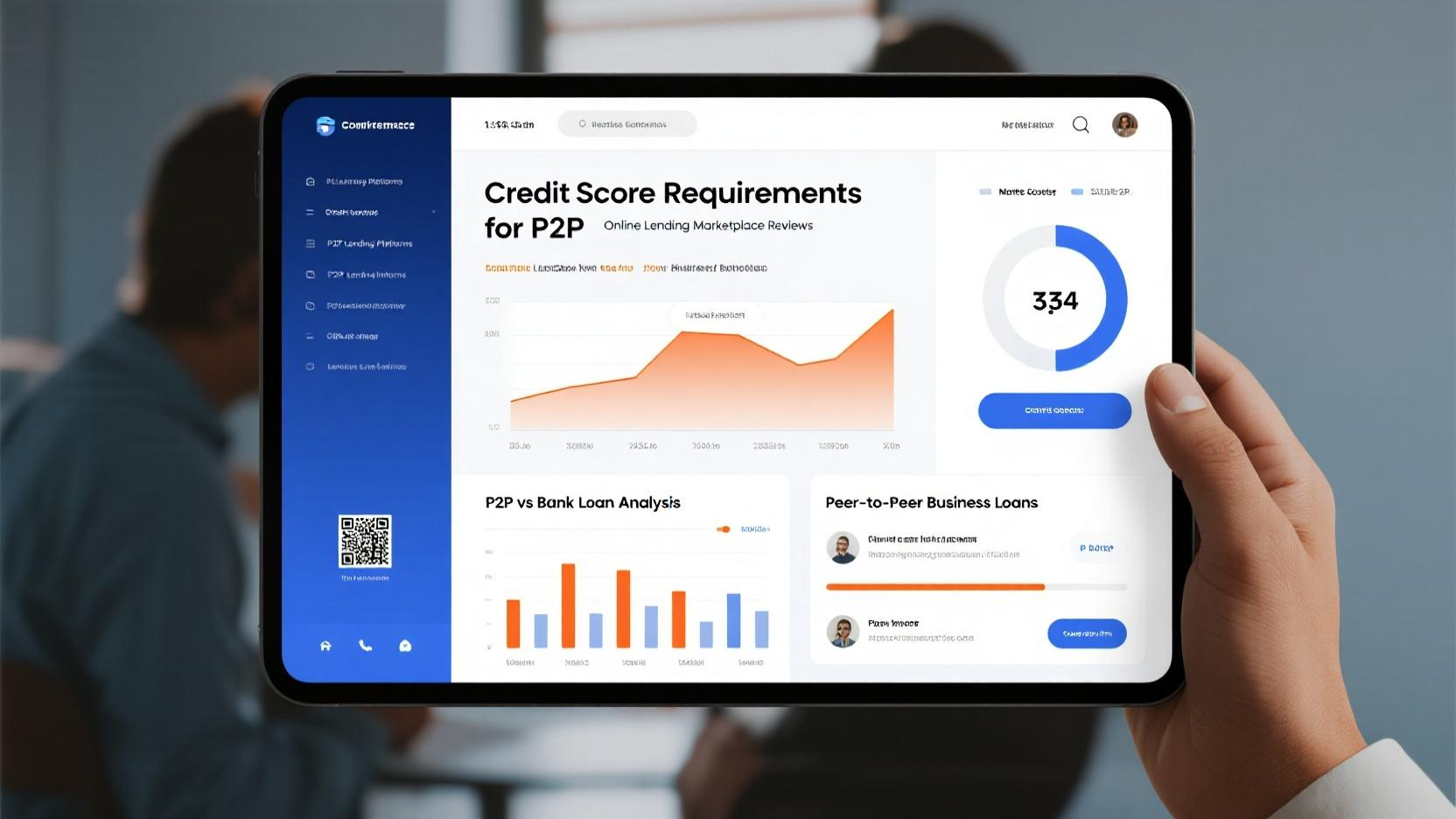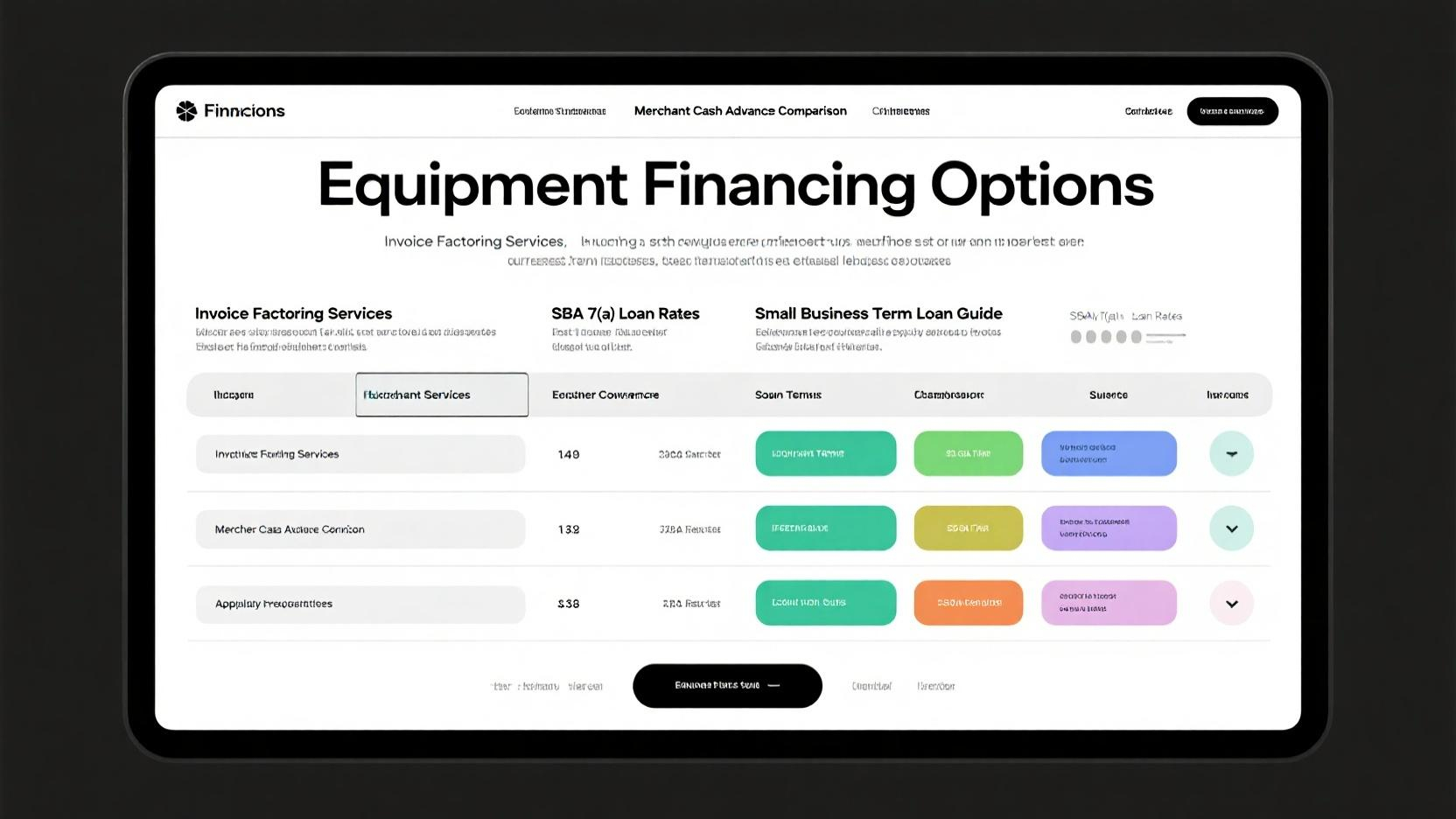Image Source: pexels
Have you noticed how technology is reshaping everything, even how businesses manage their finances? Digital transformation is doing just that. It’s not just about going paperless. It’s about using tools like automation and predictive data to make smarter decisions. Did you know 92% of finance leaders have started adopting digital solutions, but only 11% feel they’ve mastered it? That’s a huge gap! By automating tasks and reducing errors, businesses save time and money. It’s clear how digital transformation is changing business financing models, and it’s happening fast.
Key Takeaways
- Digital tools in finance save time by automating tasks. Teams can then work on important plans and ideas.
- Live data and smart predictions help businesses make better choices. This improves money management and lowers risks.
- Teams work better together using digital tools. This helps them make good decisions and work toward shared goals.
Understanding Digital Transformation in Business Financing
Defining Digital Transformation in Finance
When I think about digital transformation in finance, it’s not just about using new tools. It’s about creating a culture where technology drives better performance. This shift changes how teams work together and handle complex tasks. For example, automation can simplify repetitive processes, freeing up time for more strategic work. It’s like giving your team superpowers to focus on what really matters.
Digital transformation also streamlines operations and sparks innovation. In today’s digital-first economy, businesses that embrace these changes are the ones that thrive. It’s not just a trend—it’s a necessity for staying competitive.
Technologies Driving Digital Finance Transformation
Let’s talk about the tech behind this transformation. Some of the most exciting tools include AI, machine learning, and blockchain. AI and machine learning are game-changers. They help predict trends, detect fraud, and even assess risks. Blockchain, on the other hand, ensures secure and transparent transactions.
Other technologies like cloud computing and robotic process automation (RPA) are also making waves. Cloud computing offers scalability and cost savings, while RPA handles routine tasks with precision. Together, these tools are reshaping how businesses manage their finances.
Here’s a quick breakdown of key components:
| Component | Description |
|---|---|
| Automation | Boosts efficiency by handling repetitive tasks. |
| AI and Machine Learning | Powers predictive analytics and smarter decision-making. |
| Cloud Computing | Centralizes data and improves collaboration. |
The Role of Cloud Solutions and Predictive Data
Cloud solutions are like the backbone of digital finance. They make it easier to scale operations and adapt to market changes. Plus, they cut costs by reducing the need for physical hardware. I’ve seen how businesses use cloud platforms to launch new products faster and improve customer experiences.
Predictive data analytics is another powerful tool. It helps businesses forecast outcomes and manage risks. For instance, it can identify potential loan defaults or detect fraud early. With these insights, companies can make smarter decisions and allocate resources more effectively.
Together, cloud solutions and predictive data are transforming how businesses operate. They’re not just tools—they’re essential for success in today’s fast-paced world.
How Digital Transformation Is Changing Business Financing Models
Automation and Streamlining of Financial Processes
Automation is like having an extra set of hands for your finance team. It takes over repetitive tasks, such as account reconciliation, and gets them done in minutes instead of days. I’ve seen how this frees up teams to focus on strategic work, like planning budgets or analyzing trends. It’s not just about speed—it’s about accuracy too. Automation reduces errors, which means fewer headaches when it’s time to close the books.
Here’s the best part: automation makes financial processes smarter. It adapts to new requirements and ensures compliance with regulations. For example, real-time insights into financial data help businesses make better decisions on the fly. Imagine knowing exactly where your cash flow stands at any moment. That’s the power of automation.
Data-Driven Decision-Making and Real-Time Reporting
Real-time reporting is a game-changer. It gives businesses a clear view of their financial health, from cash inflows to expenses. I’ve noticed how this helps companies avoid financial pitfalls. For instance, tracking cash flow in real time ensures liquidity and prevents shortfalls.
But it’s not just about avoiding problems. Real-time data also boosts profitability. Businesses can monitor revenue and expenses continuously, making adjustments to maximize profits. Plus, it simplifies compliance. Accurate records mean fewer risks of audits or penalties. With real-time reporting, strategic planning becomes more precise, helping businesses set achievable goals.
Enhanced Collaboration and Integration Across Teams
Digital transformation doesn’t just improve processes—it brings teams closer together. I’ve seen how real-time financial data enhances communication between departments. Finance teams can collaborate more efficiently with sales, marketing, and operations. This alignment leads to better decision-making and smoother project execution.
In fact, over 96% of finance professionals report improved collaboration thanks to digital tools. It’s not just about sharing data; it’s about creating a unified approach to achieving business goals. When everyone’s on the same page, businesses can adapt quickly to market changes and seize new opportunities.
Real-World Examples of Digital Transformation in Finance

Image Source: unsplash
Traditional vs. Digital Financing Models: A Comparison
When I think about traditional financing models, they feel like a slow-moving train. They rely on established systems and offer a tangible experience, which builds trust. But they often struggle with limited reach and higher costs. On the other hand, digital financing models are like high-speed trains. They’re fast, efficient, and powered by data-driven insights. Businesses using digital models can reach a global audience and cut costs significantly.
Here’s a quick comparison to show the differences:
| Aspect | Traditional Business Models | Digital Business Models |
|---|---|---|
| Advantages | Customer Trust, Tangible Experience, Established Systems | Global Reach, Cost Efficiency, Data-Driven Insights |
| Challenges | Limited Reach, Higher Overheads, Slow Adaptation | Tech Dependency, Cybersecurity Risks, Market Saturation |
This table highlights how digital models are reshaping the financial landscape. They’re not perfect, but their benefits often outweigh the challenges.
Case Studies of Businesses Adopting Digital Finance
I’ve seen some amazing examples of businesses embracing digital finance. One company, for instance, used automation to streamline its invoicing process. They reduced errors by 80% and saved hundreds of hours annually. Another business adopted AI-powered analytics to predict customer payment patterns. This helped them improve cash flow and reduce late payments.
These companies didn’t just adopt technology—they transformed their operations. They cut costs, improved response times, and reduced friction between buyers and sellers. It’s inspiring to see how digital tools can make such a big difference.
Key Lessons from Successful Digital Transformations
What can we learn from these success stories? First, automation is a game-changer. It frees up time and reduces manual errors. Second, data governance is critical. Businesses need to ensure data quality and follow strict policies. Third, tracking employee productivity can reveal the impact of digital tools on efficiency.
I’ve noticed that businesses with a clear strategy for digital transformation tend to succeed. They focus on streamlining operations and reaching new customers. By integrating AI and machine learning, they enable smarter decision-making. These lessons show that digital transformation isn’t just about technology—it’s about creating a culture of innovation.
Benefits for Finance Teams and Professionals
Improved Efficiency and Accuracy in Financial Operations
Digital transformation has completely changed how finance teams work. I’ve seen how tools like AI and cloud accounting make processes faster and more accurate. Automation takes over repetitive tasks like data entry, which reduces errors and speeds up workflows. For example, AI-powered tools can detect anomalies in financial data, helping teams catch mistakes before they become big problems.
Here’s what I love most: real-time insights. With advanced data analytics, finance teams can monitor cash flow, expenses, and revenue instantly. This means no more waiting for end-of-month reports to make decisions. It’s like having a crystal ball for your finances.
-
Key benefits include:
- Streamlined processes that save time.
- Fewer manual errors.
- Faster access to critical financial data.
“Implementing automation technologies reduces manual errors and increases operational efficiency, allowing finance teams to focus on strategic tasks.”
Strategic Advantages for Finance Professionals
Digital transformation doesn’t just make work easier—it makes finance professionals more valuable. I’ve noticed how automation frees up time for high-value tasks like strategic planning. Instead of crunching numbers, finance teams can focus on advising leadership and driving business growth.
Real-time dashboards and automated reports also give professionals a clearer picture of the company’s financial health. This helps them make smarter recommendations. Plus, secure data management ensures compliance, which is a huge win in today’s regulatory environment.
-
Top advantages include:
- Improved decision-making with data-driven insights.
- Enhanced compliance through secure systems.
- More time for strategic, high-impact work.
Better Cross-Departmental Collaboration and Communication
One of the coolest things about digital transformation is how it brings teams together. I’ve seen how tools like AI and cloud platforms make it easier for finance teams to collaborate with other departments. For example, real-time data sharing helps sales and finance align on budgets and forecasts.
Advanced tools like virtual whiteboards and project management software also improve communication. Teams can work together seamlessly, even if they’re in different locations. This kind of collaboration leads to better decisions and a more unified approach to business goals.
-
How it helps:
- Facilitates information sharing across departments.
- Enhances teamwork with advanced digital tools.
- Creates a unified strategy for achieving business objectives.
Digital transformation isn’t just about technology—it’s about building stronger, more connected teams.
Digital transformation is reshaping how businesses approach financing. I’ve seen how tools like AI and cloud systems enhance efficiency, improve decision-making, and foster collaboration. Companies that embrace these changes gain a competitive edge by reducing costs and adopting innovative models like freemium or crowd-funded businesses.
But here’s the catch—ignoring digital transformation isn’t an option anymore. Businesses that fail to adapt risk falling behind or even becoming irrelevant. The future belongs to those who innovate, streamline processes, and leverage data-driven insights.
Tip: Start small. Focus on automating repetitive tasks or integrating cloud-based systems. These steps can pave the way for long-term success.
FAQ
What is digital transformation in finance?
Digital transformation in finance means using technology to improve financial processes. It includes automation, real-time data, and tools like AI to make smarter decisions.
How does automation help finance teams?
Automation saves time by handling repetitive tasks like data entry. It reduces errors and lets teams focus on strategic work, like planning budgets or analyzing trends.
Is digital transformation expensive for businesses?
Not always! Many tools, like cloud solutions, are cost-effective. Plus, the long-term savings from improved efficiency and reduced errors often outweigh the initial investment.
💡 Tip: Start small with affordable tools like cloud accounting software to see immediate benefits without breaking the bank.












